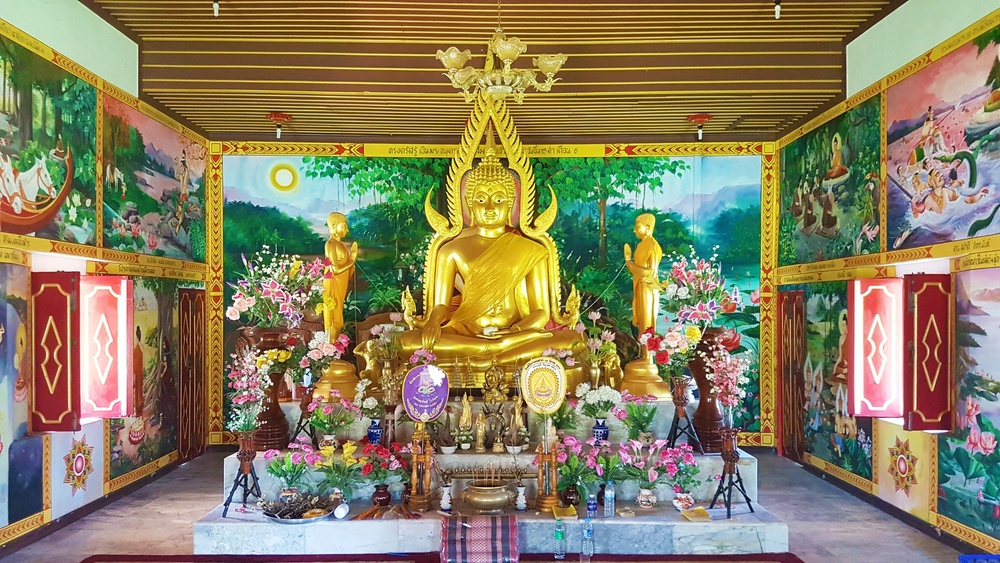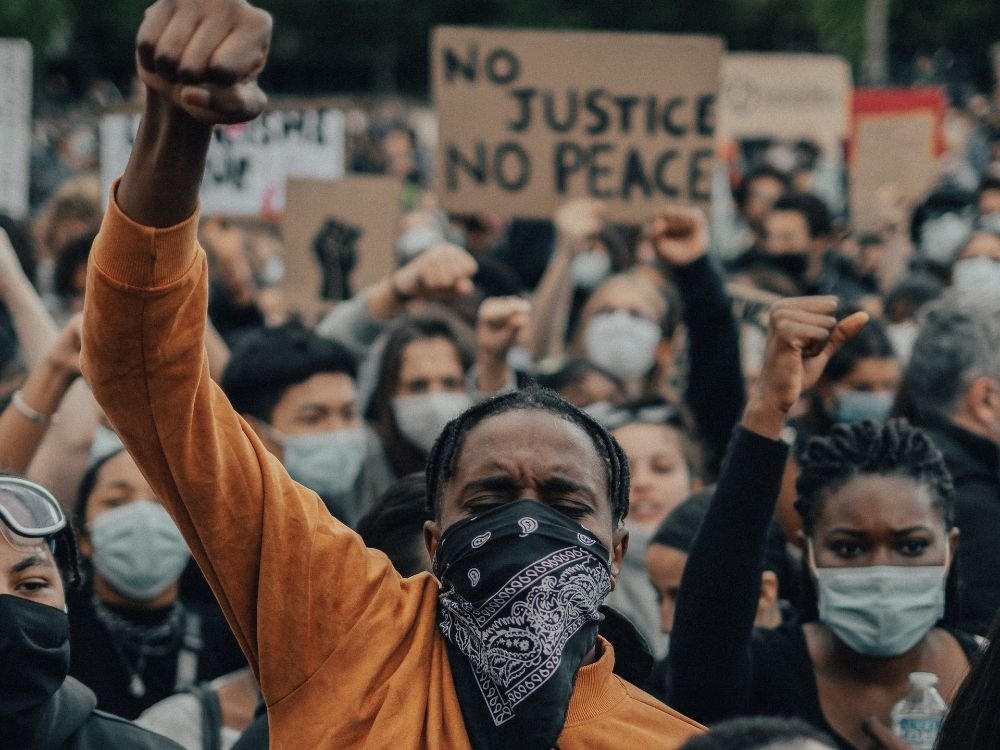India, the birthplace of Buddhism, is home to some of the world’s most significant and spiritually enriching celebrations rooted in the life and teachings of Gautama Buddha. Buddhist festivals in India are not only solemn spiritual observances but also vibrant cultural expressions that reflect the region’s rich history and diverse traditions.
From the sacred rituals held at ancient monasteries to colorful folk dances and community gatherings, these festivals showcase the deep connection between faith, heritage, and culture. Let’s explore why Buddhist festivals in India stand out as a truly unique blend of devotion, heritage, and cultural richness.
1. Deep Spiritual Devotion at the Core
At the heart of every Buddhist festival lies unwavering devotion to the teachings of the Buddha — compassion, mindfulness, and the path to enlightenment. Whether it’s the serene observance of Buddha Purnima or the powerful chanting during Kalachakra, these festivals offer an opportunity for Buddhists to renew their faith and reflect on the Dharma.
Monks, nuns, and laypeople come together in prayer, meditation, and ritual, creating a profound sense of unity and shared purpose. Lighting butter lamps, reciting sutras, making offerings, and engaging in charitable acts are central to many of these festivals, reminding participants of Buddhism’s core values of selflessness and inner peace.
2. Celebrations Rooted in Ancient Heritage
Many Buddhist festivals in India are held in places of immense historical importance. Cities like Bodh Gaya, Sarnath, and Kushinagar are not only geographical locations but sacred spaces directly linked to major events in the life of the Buddha — his enlightenment, first sermon, and Mahaparinirvana.
Celebrations at these heritage sites are infused with centuries-old traditions. The festivals are often conducted by monastic communities that have preserved ancient rituals, chants, and customs passed down through generations. For instance, the Hemis Festival in Ladakh, celebrated at one of the region’s oldest and largest monasteries, is a living testament to both religious continuity and historical richness.
These age-old practices connect modern-day practitioners with a legacy that stretches back more than two millennia, making each festival a journey into the past as well as a present-day spiritual experience.
3. Cultural Diversity Across Regions
One of the most striking features of Buddhist festivals in India is how they vary across regions — reflecting the diverse cultural identities of different Buddhist communities.
- In Ladakh, festivals like Hemis and Losar (Tibetan New Year) are marked by vibrant Cham dances, where monks perform masked dances to depict stories of spiritual triumph.
- In Sikkim and Arunachal Pradesh, Buddhist celebrations incorporate local tribal customs, crafts, and folk music.
- In Maharashtra, where Ambedkarite Buddhism has grown, Ullambana and Buddha Purnima are marked by mass gatherings, community service, and lectures promoting social equality and education.
This blend of pan-Indian traditions with local art forms, languages, foods, and rituals enriches each festival. It shows how Buddhism in India is not monolithic but woven into the unique fabric of every region it touches.
4. Festivals That Educate and Inspire
Another reason Buddhist festivals in India are so unique is their educational and inspirational aspect. These are not just celebrations; they are opportunities for spiritual learning and personal growth.
Take the Kalachakra Festival, for instance. Often led by His Holiness the Dalai Lama, it includes several days of intense spiritual teaching, meditative practice, and the symbolic construction of a sand mandala. Similarly, during festivals like Lhabab Duchen, monks deliver sermons and teachings on karma, ethics, and enlightenment — turning the celebration into a spiritual classroom for all attendees.
Even tourists who may not be followers of Buddhism often find themselves moved and inspired by the values of mindfulness, compassion, and nonviolence shared during these events.
5. Inclusive and Community-Oriented Celebrations
Most Buddhist festivals in India are open to all, regardless of religion, nationality, or background. This inclusiveness is a powerful expression of the Buddha’s universal message. Festivals often include free community meals (langars), medical camps, charity drives, and open meditation sessions, promoting unity and compassion beyond religious lines.
This spirit of generosity and hospitality enhances the cultural warmth of these festivals and makes them accessible to a wider audience. Whether you’re a pilgrim on a spiritual path or a traveler seeking cultural connection, these festivals welcome all with open arms.
6. Tourism Meets Pilgrimage
With increasing global interest in wellness and spirituality, Buddhist festivals in India are becoming key highlights of spiritual tourism. Destinations like Bodh Gaya during Buddha Purnima or Tawang during Buddha Mahotsav attract both pilgrims and cultural tourists alike.
Many tour packages now align with these festival dates, offering immersive experiences that include temple visits, guided teachings, and local cultural activities. Visitors not only witness ancient ceremonies but also participate in them — walking away with memories that are both enriching and transformative.
Conclusion: A Harmony of Faith, Culture, and History
From the high-altitude monasteries of Ladakh to the sacred groves of Bodh Gaya, Buddhist festivals in India showcase a beautiful harmony of devotion, cultural tradition, and historical reverence. These festivals are spiritual milestones and community celebrations rolled into one — filled with symbolic rituals, vibrant dances, soulful chanting, and timeless wisdom.
In a world often clouded by chaos and division, these celebrations offer a sanctuary of peace and togetherness. For those seeking spiritual enrichment, cultural insight, or simply a deeper understanding of India’s Buddhist heritage, attending one of these festivals is truly a once-in-a-lifetime experience.




